Gonzalez-Alonso-de-Linaje, C, Moore, PJ, Smale, DA, Delion, L, Ruz, CS, Muñoz-Cordovez, R, Muñoz, P, Tala, F, Uribe, RA and Pérez-Matus, A 2025 Chemical composition of the harvested subtidal kelp, Lessonia trabeculata, from a coastal location in central Chile. Algal Research, 90. 10.1016/j.algal.2025.104171
Full text not available from this repository.Abstract/Summary
Kelp forests are important ecosystem engineers in temperate and sub-polar regions, providing ecosystem services valued at billions of dollars annually. In Chile, over 72,000 tons/yr of wet subtidal kelp (Lessonia trabeculata) are harvested annually for the alginate industry, yet its chemical variation remains poorly understood. In this study we examined the alginate content and nutritional profile (i.e., proximal analyses) across different kelp morphological structures (holdfasts and stipes) over 8 months in Las Cruces, Central Chile (33°SL). Each month, tissue from six sporophytes was pooled and averaged, resulting in eight independent samples (n = 8 months), with each sample analyzed in triplicate. Results revealed significant variability between kelp morphological structures and across seasons. Alginate and carbohydrate concentrations peaked in austral summer, with patterns of interannual variation identified. Protein and fiber contents were higher than those in other kelp species, peaking in spring and summer, while lipid concentration peaked in autumn but remained relatively stable year-round. All compounds were generally more abundant in holdfasts. These findings suggest a potential for extracting high-value compounds, such as proteins, from L. trabeculata beyond the current alginate focus. Interannual variations as well as corresponding trends between kelp composition and physico-chemical properties of surface seawater were also observed, highlighting the need for further research to understand and predict these patterns better. These findings could help pinpoint the best harvesting times for specific chemical profiles, boosting profitability while reducing environmental impacts
| Item Type: | Publication - Article |
|---|---|
| Additional Keywords: | alginate, proximal composition, seasonality, kelp, Lessonia trabeculata |
| Subjects: | Marine Sciences |
| Divisions: | Marine Biological Association of the UK > Coastal Ecology |
| Depositing User: | Ms Kristina Hixon |
| Date made live: | 22 Aug 2025 09:56 |
| Last Modified: | 22 Aug 2025 09:56 |
| URI: | https://plymsea.ac.uk/id/eprint/10499 |
Actions (login required)
 |
View Item |


 Lists
Lists Lists
Lists